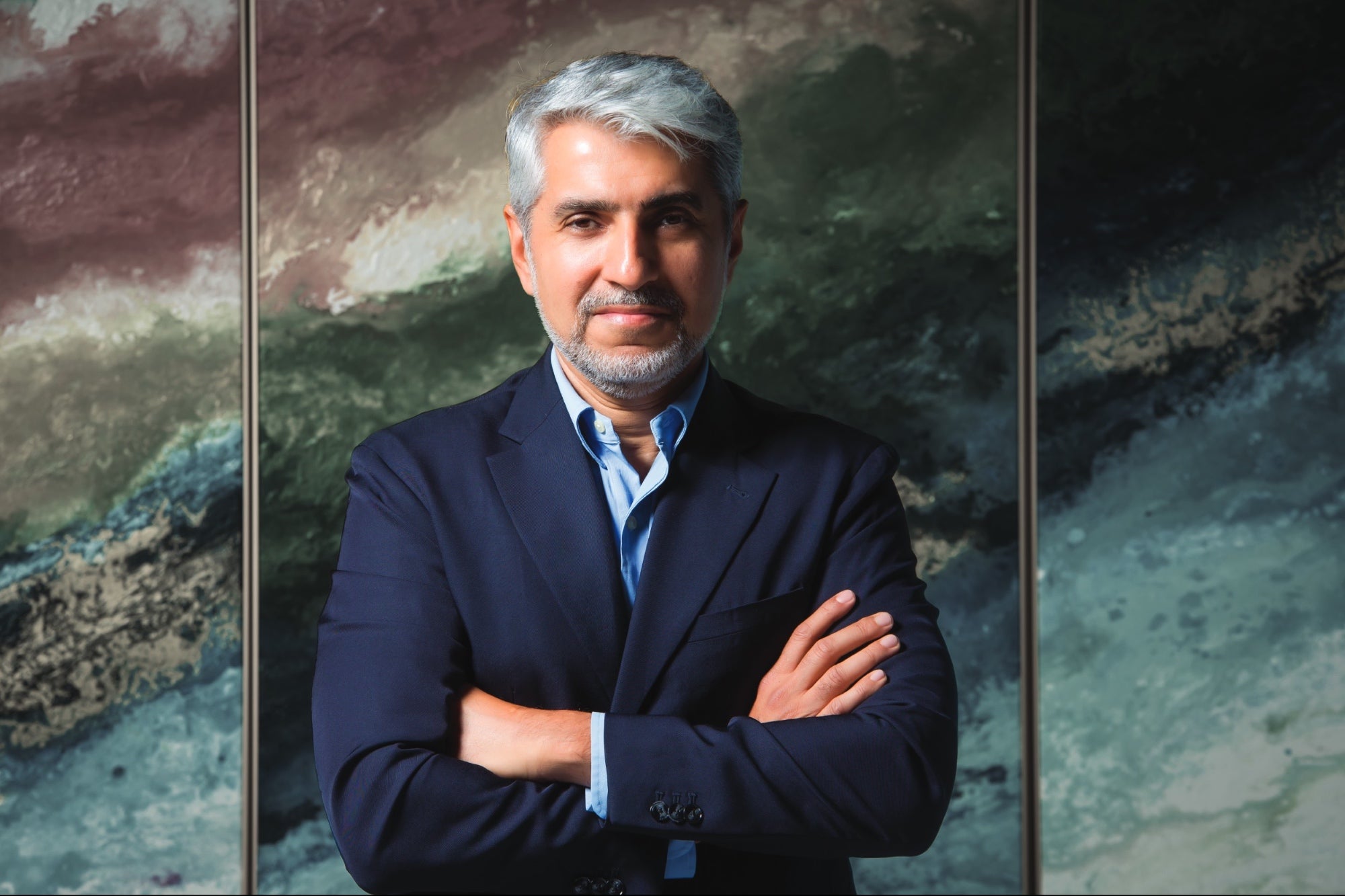From Founder-Led Chaos to Scalable Growth: Building a Growth Engine That Doesn't Rely on You The question every founder faces is: how do I build something that grows beyond me?
Opinions expressed by Entrepreneur contributors are their own.
You're reading Entrepreneur Middle East, an international franchise of Entrepreneur Media.

There's a stage in building a business that feels a lot like controlled chaos. You're the copywriter, the strategist, the customer support rep, and the decision-maker - all at once. You're answering emails between pitch meetings, fixing a landing page at midnight, and trying to figure out how to get more leads while still fulfilling what you already sold.
That early-stage hustle is real. And necessary. I've lived it through every venture I've built… from launching a parenting company with nothing but conviction and a credit card, to running a consultancy that supports founders and leadership teams as they scale. In those early days, everything runs on founder energy.
But that model has an expiration date.
Eventually, the very traits that help you get a business off the ground - scrappiness, speed, being everywhere at once - become the things that prevent it from growing.
The question every founder faces is: how do I build something that grows beyond me?
When I reflect on my own journey, I didn't have a roadmap or funding. I had to figure out how to create momentum without burning out. Growth wasn't about chasing shiny tactics… it was about building a foundation that could hold weight.
One of the most important things I learned early on was that doing more isn't the same as doing better. Just because I could write the copy, run the ads, or lead the sales calls didn't mean I should.
I remember when I finally admitted to myself that I was the bottleneck. It wasn't easy. Like many founders, I wore my involvement in everything as a badge of honour. But it became painfully clear: if every decision had to go through me, nothing could scale.
What changed everything wasn't a hire or a tool. It was a mindset shift: stop being the engine, and start building one.
The first step was getting what lived in my head out into the world, and into repeatable systems. That meant documenting how we onboarded clients, what our sales process looked like, and how we made decisions about what to focus on each quarter. It meant clarifying our priorities and being willing to let go of the things that didn't move the needle.
I also had to change the way I thought about hiring. In the beginning, I was looking for people to execute my vision exactly as I saw it. But real growth came when I started hiring people who brought their own thinking to the table, people who could take ownership, challenge assumptions, and drive outcomes.
One of the best lessons I learned about building team capacity came not from my own startup, but during my time leading marketing for a national non-profit. In that role, I hired a junior generalist who didn't come from the industry but had an incredible instinct for learning and problem-solving. I gave them a wide range of responsibilities and the space to figure things out. Over time, they evolved from a support role into a key part of our growth engine. It showed me firsthand how investing in the right people and giving them room to grow can fuel sustainable momentum in any entrepreneurial setting.
That experience opened my eyes to what really drives sustainable momentum. It wasn't just good marketing or product tweaks. It was alignment between what we offered, how we communicated it, the experience we delivered, and how we measured success. That's what I now understand as the foundation of a real growth engine.
A growth engine isn't a marketing plan. It's not just about running ads or having a clever funnel. It's the interconnected system that powers your business forward - where product, positioning, operations, and customer experience all reinforce each other.
This doesn't happen overnight. It's built through iteration, feedback, and focus. In one business I worked with, we realized that our best leads didn't come from social media but from highly tailored email sequences sent to small prospect lists. That insight shifted our entire acquisition strategy. We stopped chasing vanity metrics and focused on what actually worked.
The irony is, the more systems we built, the more creative we were able to become. When you're not drowning in decisions and putting out fires, you have space to think bigger. You can spot new opportunities, test new offers, or explore new markets without everything grinding to a halt.
Founders often fear that building structure will slow them down. But in my experience, structure creates speed. It allows you to move with intention, not just urgency.
If you're in that phase right now - the one where every day feels like a sprint - know that you don't have to do it all forever. More importantly, you shouldn't.
Your business deserves room to grow beyond your capacity. It deserves systems that work even when you take a day off. You deserve to be the architect of growth and not just the engine powering it.
The transition from founder-led chaos to scalable growth isn't about stepping back… It's about stepping into a new role - one that builds not just for today, but for what comes next.
That is when real growth happens.










